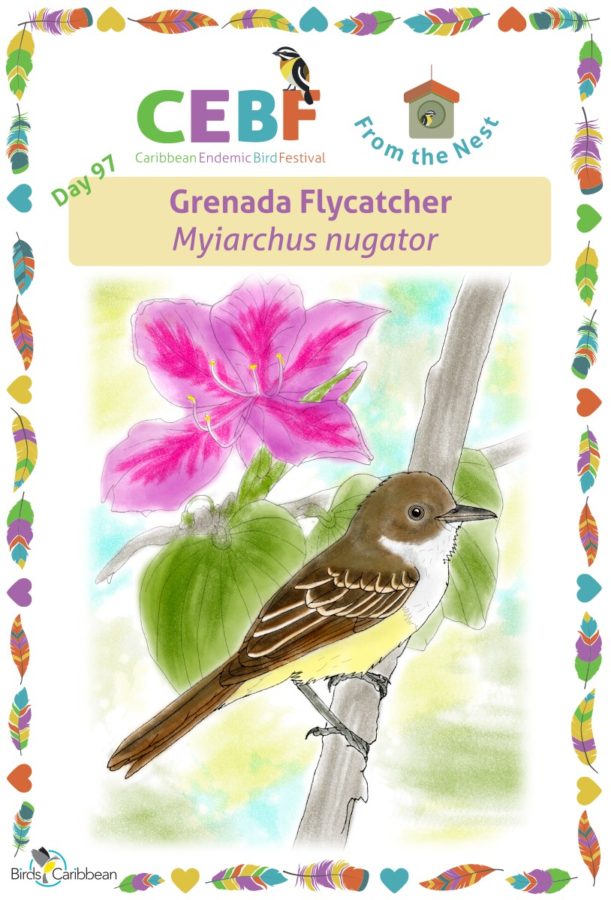Celebrate the Caribbean Endemic Bird Festival (CEBF) with us! Our theme in 2022 is “Loving Birds is Human Nature”. Have fun learning about a new endemic bird every day. We have colouring pages, puzzles, activities, and more. Download for free and enjoy nature with your family at home.
Endemic Bird of the Day: Grenada Flycatcher
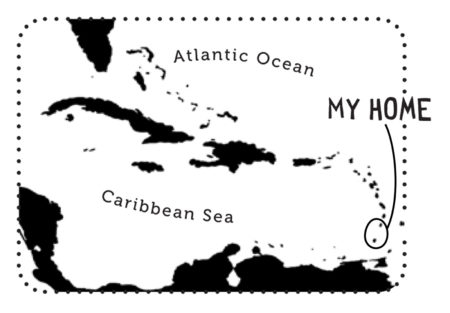 Connecting the islands from Grenada all the way north to St. Vincent is one special little endemic: the Grenada Flycatcher. This subtly beautiful bird is more closely related to the South American Brown-crested Flycatcher than other Antillean species, forming a bubble of endemism in the southern Lesser Antilles.
Connecting the islands from Grenada all the way north to St. Vincent is one special little endemic: the Grenada Flycatcher. This subtly beautiful bird is more closely related to the South American Brown-crested Flycatcher than other Antillean species, forming a bubble of endemism in the southern Lesser Antilles.
The Grenada Flycatcher has the white chest, light wing bars, and upright posture of other tyrant flycatchers in its range. However, a brown back and often vibrant yellow belly set it apart from the Gray Kingbird, Caribbean Elaenia, and Yellow-bellied Elaenia. It is also larger than the elaenias, averaging 20 cm long. Its colloquial nickname (in Grenada) “Johnny Muff” or “Johnny Head” is an ode to its hairstyle – a sleek mohawk of brown feathers that hardly ever appears ruffled. This bird is often heard before seen, with a high-pitched single-note “quip” (think sneakers squeaking on tiles). Once spotted though, it kindly gives you the chance to take in its beauty, staying perched for long periods.
Found in numerous habitats, from high-elevation forests to coastal mangroves, the Grenada Flycatcher is a true generalist. As the name suggests, it is primarily an insectivore, using a technique called “sallying” where it darts from a perch to catch insects midair. It has also been observed eating small lizards and berries to supplement its insect-rich diet.
Grenada Flycatchers nest between March and October, but can be seen collecting nest material as early as February. They nest in cavities, including hollowed-out mangrove snags. Their lifespan is at least 3 years, as revealed by sightings of previously color-banded birds on Grenada. However, more research is needed to shed light on the biology and life history of this unique tyrant. The species is not currently threatened (considered “Least Concern” by the IUCN) but as an endemic and range-restricted species, it is vulnerable to habitat loss from unsustainable development and climate change. Learn more about this species, including its range, photos, and calls here.
Colour in the Grenada Flycatcher
Download our West Indies Endemic Bird colouring page. Use the photos below as your guide, or you can look up pictures of the bird online or in a bird field guide if you have one. Share your coloured-in page with us by posting it online and tagging us @BirdsCaribbean #CEBFfromthenest
Listen to the calls of the Grenada Flycatcher
The calls of the Grenada Flycatcher includes a loud, repeated “quip” or harsh queuk.
Puzzle of the Day
Click on the image below to do the puzzle. You can make the puzzle as easy or as hard as you like – for example, 6, 8, or 12 pieces for young children, all the way up to 1,024 pieces for those that are up for a challenge!
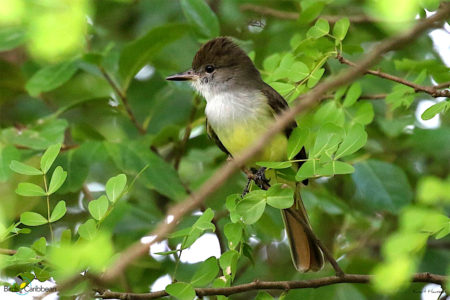
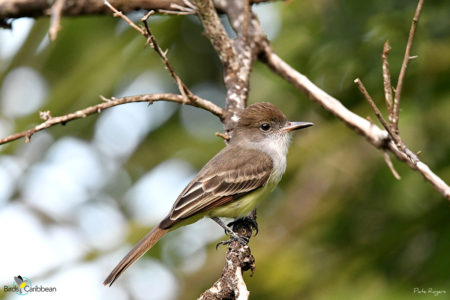
Activity of the Day
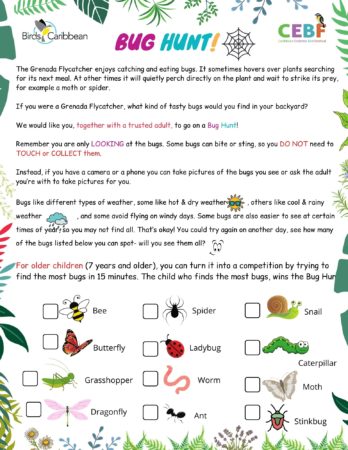 FOR KIDS: The Grenada Flycatcher catches and insects to eat. Sometimes this bird will flit between plants searching for its next meal. At other times it will perch perfectly still on a twig or branch and wait to strike its prey – perhaps catching a moth, fly or spider! Imagine you are a Grenada Flycatcher and find out what bugs there are in your backyard in our fun bug hunt! Follow our instructions and see how many different types of bugs you can find! Perhaps you will spot a butterfly or a bee flitting past? Remember just to look at the bugs and not to touch or collect them. You can check the ones you see off on our list and perhaps take some photos of them?
FOR KIDS: The Grenada Flycatcher catches and insects to eat. Sometimes this bird will flit between plants searching for its next meal. At other times it will perch perfectly still on a twig or branch and wait to strike its prey – perhaps catching a moth, fly or spider! Imagine you are a Grenada Flycatcher and find out what bugs there are in your backyard in our fun bug hunt! Follow our instructions and see how many different types of bugs you can find! Perhaps you will spot a butterfly or a bee flitting past? Remember just to look at the bugs and not to touch or collect them. You can check the ones you see off on our list and perhaps take some photos of them?
FOR KIDS AND ADULTS: Enjoy this video of a Grenada Flycatcher in the wild! Listen carefully and you will also hear it calling quip …quip …quip…quip...quip.

